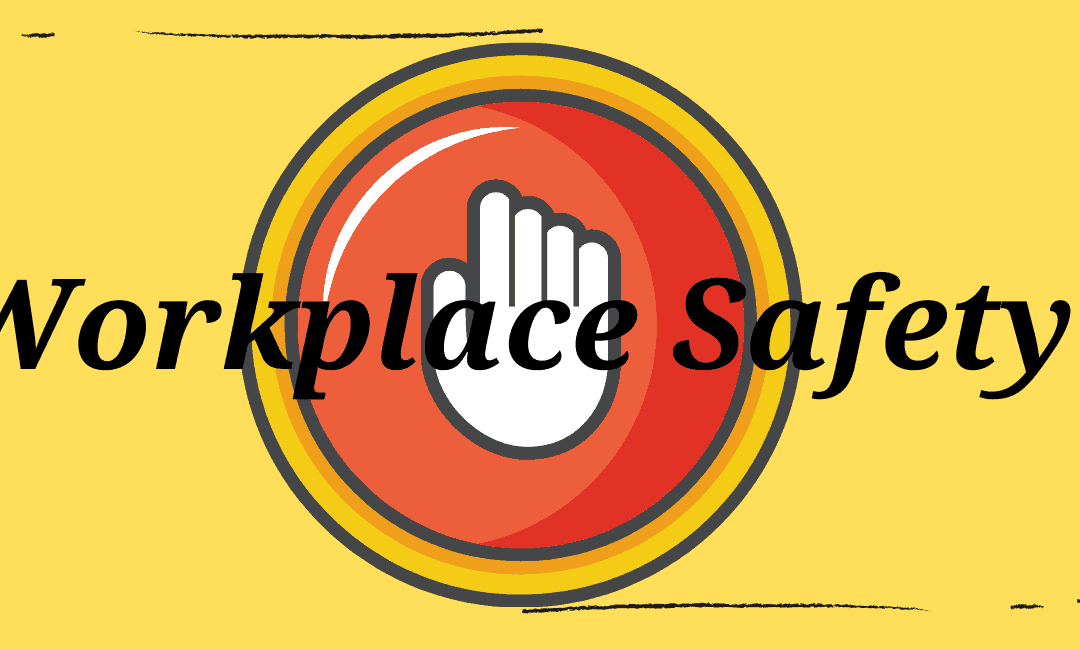You probably provide extensive training to your employees in a range of areas. For example, your employees may regularly undergo safety training and anti-harassment training.
There is another area of training you might not have considered, but it could be life-saving.
Active shooter training for your employees is something that’s becoming an increasingly relevant topic in the workplace.
The hope is always that you never use this training, but as the saying goes, better safe than sorry.
The unfortunate reality is that workplace violence has gone up significantly over the past ten years. Your business is 30 times more likely to be affected by an armed intruder than a fire, according to the Bureau of Labor Statistics.
If you own a business, the following are things to consider as far as having an active shooter plan and training your employees accordingly.
Research
To answer the question posed above as to whether or not your business should have an active shooter plan, the answer is yes.
To begin planning for that, you first want to do thorough research.
Active shooters are trying to kill people in a confined area, and there may or may not be a pattern to who they attempt to kill.
Active shooters tend to target places where they can freely walk into the business without having to go through any kind of security checkpoint. An active shooter can be an employee or someone connected to the business, or someone coming in off the street.
These events do require planning, and as part of that shooters will often learn more about the access and security features of a business.
Research some of the things that are often consistent in active shooter patterns, and also be aware of the greatest areas of risk in your business.
Creating a Plan
Your ultimate goal as a business owner will be to train your employees on an active shooter plan, and of course, to do that, you need to have a plan.
Evaluate your business to know where to begin.
How many exits do you have in your building? Don’t forget about first-floor windows.
Do you have a security system? If not, consider getting one, and if so, are there any vulnerabilities of that system?
How will you communicate with employees?
Are there places where people in your business can hide if necessary and if not lock the door, barricade the door with furniture or equipment?
Once you’ve looked at these general considerations, start thinking about a strategy.
Your strategy should deal with three scenarios.
These are running, hiding, or fighting.
The first component of your active shooter plan should have employees running out of the way of harm.
You might want to create a code and a way to disseminate a warning to employees if someone comes in.
You should identify and then train employees on paths they can take to escape and make sure you include maps and diagrams throughout the workplace.
Then, if employees aren’t able to run, they should have places where they can hide.
Finally, the last option that should be part of an active shooter plan would be fighting.
When you’re developing what the federal government calls an Emergency Action Plan, you should include input from all major stakeholders. This might include local law enforcement, human resources, and even the property manager of your workplace.
Training Employees
Your employees need to be well-trained in every detail of an active shooter plan because they are ultimately responsible for carrying it out.
You will need to conduct drills as a way to make sure employees are trained and that your plan works the way you expect it will.
As an employer, you can’t forget the toll having active shooter drills can have on your employees’ mental health, so integrate this into training as well.
Finally, while there is no way to prevent certain things, you can also, along the way, work on building a respectful workplace that reduces the risk of violence occurring on the premises.
Ensure that any complaints of harassment are taken seriously and try to work toward a positive corporate culture to cut down on the potential for a disgruntled employee to become violent.
If you do notice red flags in an employee, you should have a reporting system, and you should, whenever possible, work to address the issue before it becomes bigger. This may mean making counseling accessible to employees, for example.








